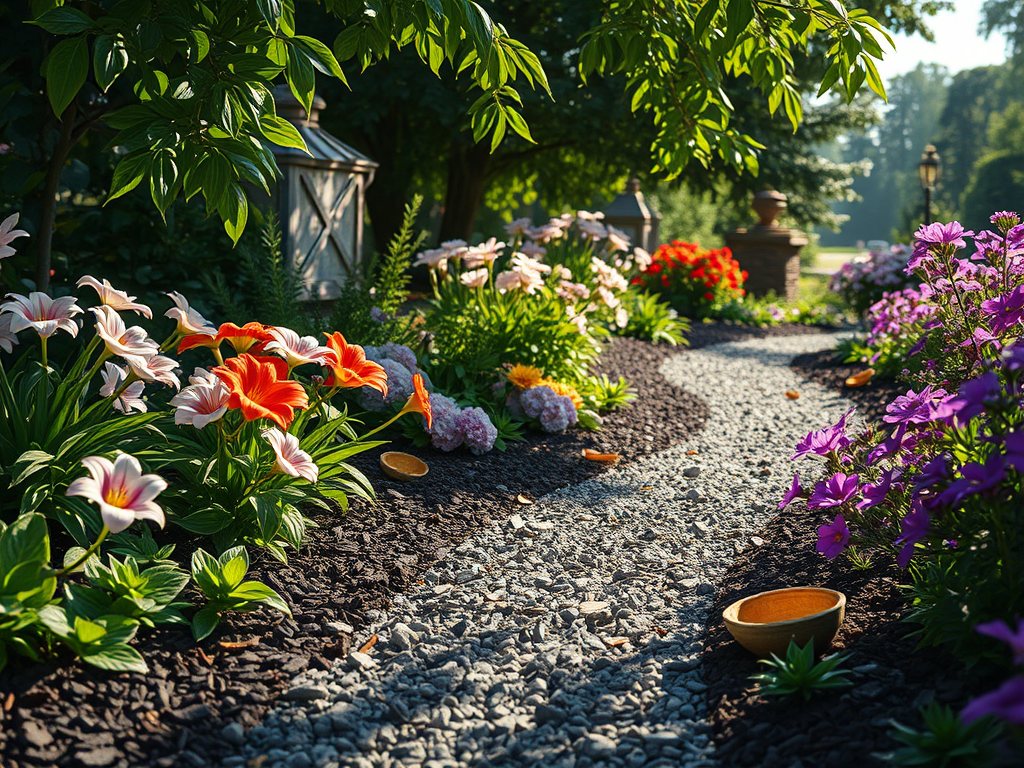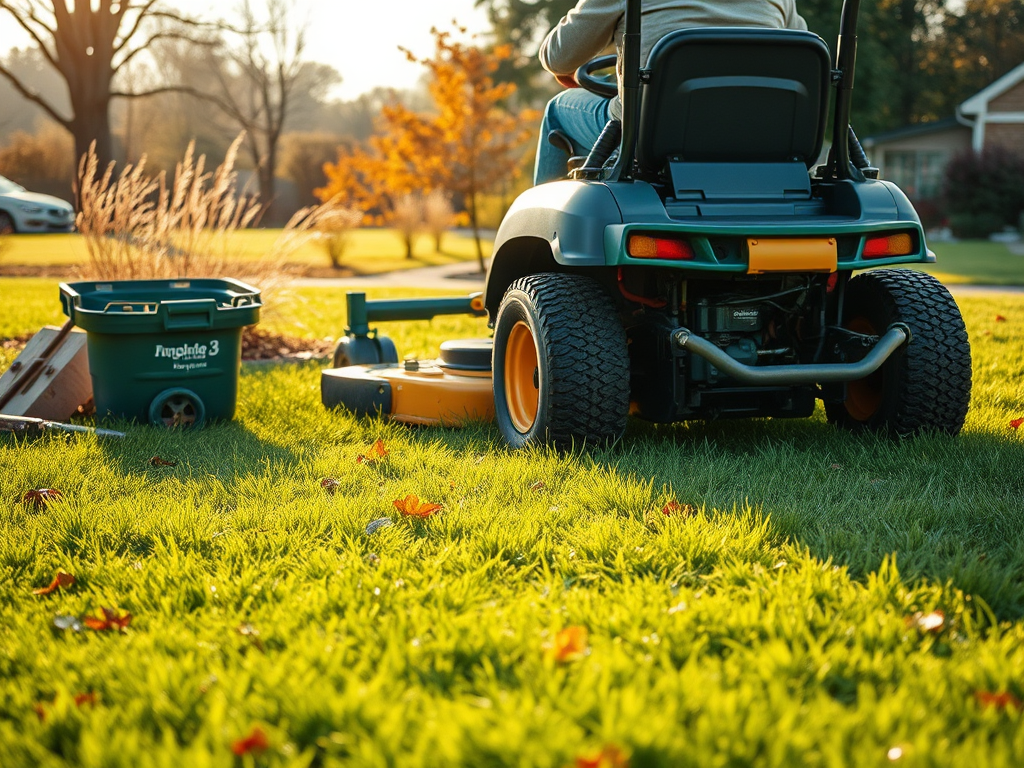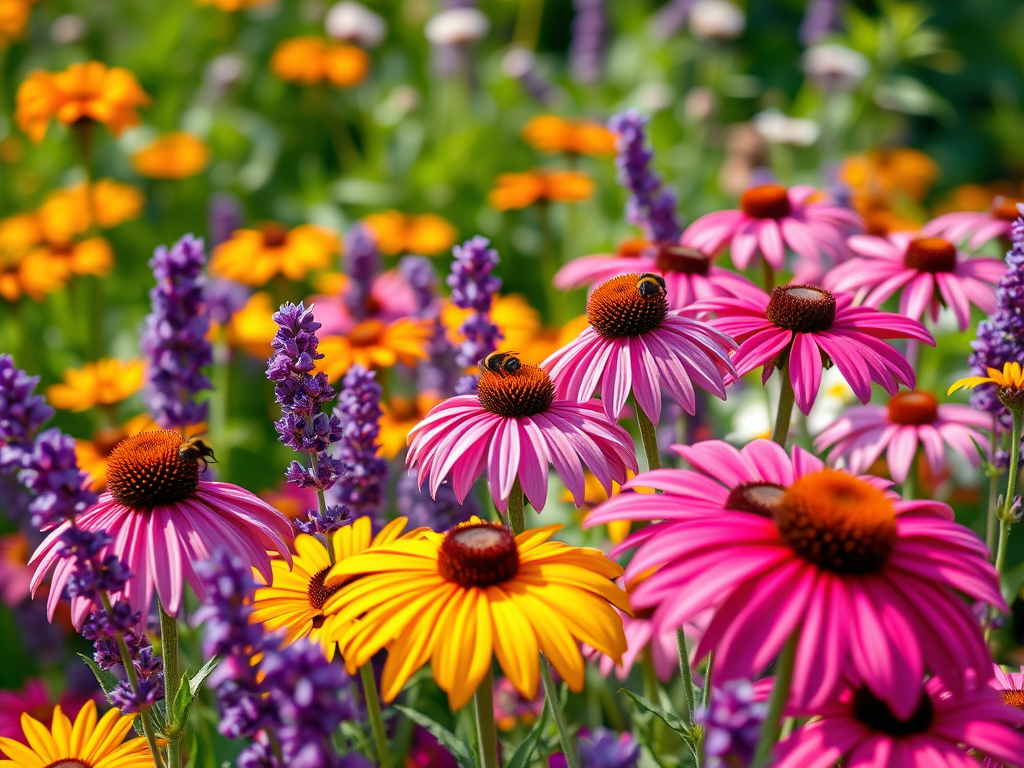Mulch is one of the easiest and most effective ways to improve your garden’s health and appearance. Whether you’re a seasoned gardener or a novice, understanding how to use mulch can make a significant difference in your landscape. Mulch not only enhances the beauty of your yard but also provides essential benefits like moisture retention, weed suppression, and temperature regulation.
Types of Mulch
There are two main types of mulch which can be used in your landscape: organic and inorganic. Organic mulches, such as wood chips, bark mulch, straw, and grass clippings, break down over time and enrich the soil with nutrients. They’re an excellent choice for gardeners looking to improve soil quality while maintaining a natural look–but each has its unique uses and ideal settings. For example, grass clippings would typically only be used to mulch onto your lawn, to encourage growth through the breakdown of nutrients from the clippings. Similarly, the other types of organic mulches have their unique properties, and therefore serve different purposes within your landscape. Your landscape contractor should be able to explain to you what the best use for these products is, and when they should and should not be used.
Inorganic mulches, like gravel, stones, or rubber, don’t decompose and therefore require less maintenance or ongoing top-ups. While they don’t contribute nutrients to the soil, they’re ideal for pathways, rock gardens, or areas where you want to reduce water usage. Similarly to the organic mulches, each inorganic mulch product serves a different purpose, and there are ideal as well as non-ideal settings or applications in which to use them. Again, this is an area where your landscape contractor should be able to provide a wealth of knowledge and expertise in their recommendations for how to best utilize which products where, throughout your yard or project.
Benefits of Mulch
Organic mulch offers several benefits for both your garden and lawn. It helps retain moisture in the soil, which is especially important during dry spells. By reducing water evaporation, mulch helps maintain consistent soil moisture and reduces the frequency of watering. Both organic and inorganic mulches also suppress weeds by blocking sunlight, and in some cases even preventing weed seeds from germinating. Organic mulches help to regulate soil temperature, keeping roots cool in the summer and warm in the winter. Additionally, mulch of any kind adds an attractive, finished look to flower beds and garden borders.
When to Apply Mulch
Timing is crucial when applying mulch to your garden. The best time to apply mulch is in the spring, after the soil has warmed up and plants are beginning to grow. Applying mulch too early can trap cold temperatures in the soil, hindering plant growth. In the fall, you can refresh the mulch to prepare your garden for winter. Make sure the mulch is evenly spread over the soil, keeping it a few inches away from plant stems and tree trunks to avoid rot.
How Much Mulch Do You Need?
To get the most out of your mulch, it’s essential to apply the right amount. A general guideline is to spread 2-3 inches of mulch over the soil. Too much mulch can smother plant roots, while too little won’t provide the necessary benefits. Use a rake to spread the mulch evenly and check it regularly to ensure it’s not too thick or too sparse. Over time, as organic mulches break down, you may need to top up the mulch to maintain its effectiveness.
Conclusion
Mulch is an incredibly valuable tool for gardeners looking to improve their landscape’s health and appearance. By choosing the right type of mulch and applying it correctly, you’ll protect your plants, retain moisture, suppress weeds, and (in the case of organic products) even improve the overall soil structure. Mulching is a highly effective way to create a thriving garden with fairly little effort.




